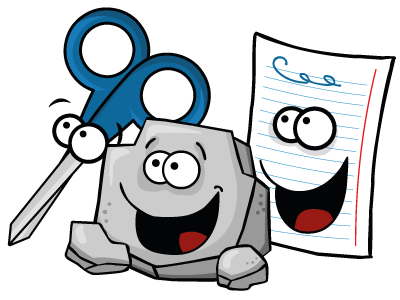
Your Organizations Dance Card
Why are teams moving so fast? Because of the highly-mobile youthful workforce of today.
According to LinkedIn, executives who graduated between 1986 and 1990 worked for 1.8 companies for the following five years, whereas those who graduated between 2006 and 2010 worked for three. That’s nearly double the number and is an equivalent of a move every 20 months. This trend has been going on for some time. In their day, Baby Boomers would have seen Millennials, and now Generation Z (those coming into the workplace now), as job-hoppers who didn’t know how to commit to a company.
The younger counterparts, however, have a different take on this; they want to work in a way that’s both meaningful and fun, and their psychological contract with their company is shorter. This means teams are forming and re-forming at what an older worker would seem to be an alarming rate. This is not alarming at all, rather it is the new normal and we leaders need to adapt!
What all of this entails is that the role of leaders has changed drastically. The people they’re expected to manage, the formations they’re in, and the objectives they’re being asked to achieve are all relatively fluid. What’s more, 20 years ago, a #leader wasn’t expected to change their style according to their circumstances; everyone would do as they were told.
Today, with new expectations around work dynamics, leaders are expected to be the ones to adapt — not their teams.
If you’re a leader yourself, you may be struggling with this, and if so, you’re not alone. It can be hard to read a room full of people and instantly know what to do next.
How do you decide who should work with who?
If you are interested in driving successful results fast in this #agile environment then you should be mainly interested in people's interactions, not in their deep-held beliefs. Like dancers, teams need to be “in step” with one another. Our base assumption is that all team members are good at what they do.
Using the analogy of the dancer again, the job of a leader then is to get them all out on the dance floor, not backstage waiting to perform.
This calls for a fast and effective solution that can help you understand people so that you can on-board them and encourage them to contribute instantly.
If you want to learn more about this #InstantLeadershipSolution then check out our LinkedIn Business Page or visit our website RPS.Academy.
Latest Blogs
How mindfulness can help you be experimental
A local example of the power of purpose
Find your Leadership Umbrella
Time to make a change?
Winning the Head and the Heart




